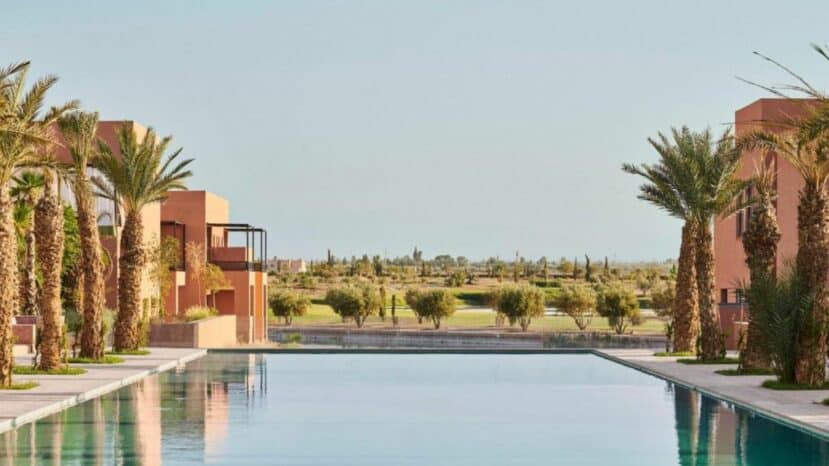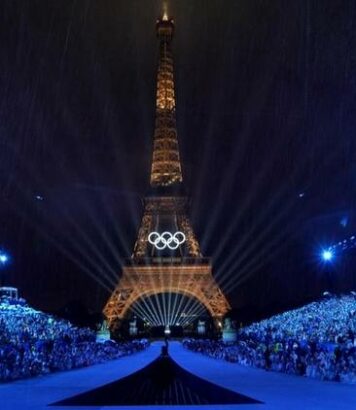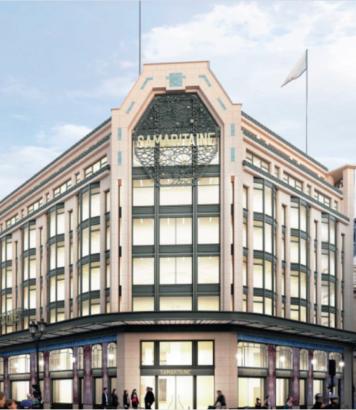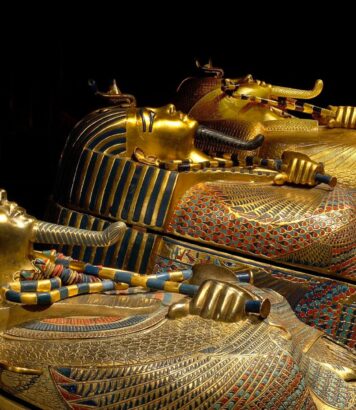This new Marrakech hotel imposes a radically different vision of luxury

In a city saturated with Orientalist palaces, the Park Hyatt Marrakech emerges as a backward response. Minimalist, hushed, with an almost Japanese elegance, it changes codes. Profoundly so.
Park Hyatt Marrakech, self-effacing architecture at the foot of the Atlas mountains
Located in the Al Maaden estate, a few kilometers from the medina, the hotel is set in an already dense landscape – mountains in the background, flat palm groves, harsh light. Yet nothing here seeks to dominate. The Park Hyatt sinks into the earth, embraces the relief, and fades into the background. Inspired by the traditional ksar but unstructured, the architecture plays the card of withdrawal.
The lines are pure, the masses balanced. On the outside, raw materials interact with the sandy textures of the desert. Inside, the atmosphere is one of refined minimalism, designed by Patrick Jouin and Sanjit Manku. No overload. No accumulation. The luxury is in the breathing, in the intelligence of the volumes, in the light that glides over the tadelakt or lingers on a Berber carpet laid directly on the rough concrete.
A design that breaks with the Moroccan landscape
This is undoubtedly the most striking aspect of this project: the choice of a radically uncluttered, yet never cold, décor. The Jouin-Manku duo have conceived each space as a discreet tribute to Moroccan craftsmanship, without ever lapsing into pastiche. The objects are not there to “look Moroccan”, they are there because they come from Morocco – in their essence, their material, their line.
The living rooms evoke mineral alcoves. The rooms, all facing the landscape, are organized around muted textures, solid woods and noble textiles in tones of sand and patinated copper. The furniture, with its soft curves, seems to have been sculpted in silence. Each element has been chosen to let the space breathe. Here, emptiness is a form of care.
An art of living made of slowness, balance and intimacy
This sober aesthetic is matched by a vision of service based on active discretion. No over-presence, no demonstrative hyper-personalization. The staff anticipates, accompanies and disappears into the background. Luxury here becomes an art of tempo: knowing when to appear, and above all, when to disappear.
The spa, a 2200 m² sanctuary, offers an approach inspired by Moroccan rituals – hammam, clay treatments, argan oil massages – without folklore or exaggeration. Semi-buried basins, subdued vaults and sounds filtered through stone create a pure, almost monastic sensory interlude.
The 18-hole golf course, designed by Kyle Phillips, takes the same approach, conceived as an extension of the landscape. You don’t play “next to” the Atlas, you play in its perspective.
An anchored table, without show or noise
The cuisine follows the same line: modest in appearance, rigorous in reality. The chef’s menu is based on local produce, much of it grown on site. Herbs, vegetables and spices are worked with precision, far from any showiness.
In the evening, at the main table as in the other dining areas, Morocco is expressed without clichés: a deconstructed pastilla, melting lamb with black lemon, homemade bread baked on a hot stone. Everything exudes sincerity. Nothing is excessive.
A cultural, almost philosophical refuge at the Park Hyatt Marrakech
Finally, the Park Hyatt Marrakech is also a cultural player. Far from simple “arty” decor, it hosts works of contemporary Moroccan art, programs temporary exhibitions and supports local creativity. The hotel is imbued with a sense of space and connection, as evident in its aesthetic choices as in its anchoring.
Marrakech’s new hidden gem that only true insiders know about
Also read: Le Relais Christine: a confidential address embodying Parisian art de vivre




